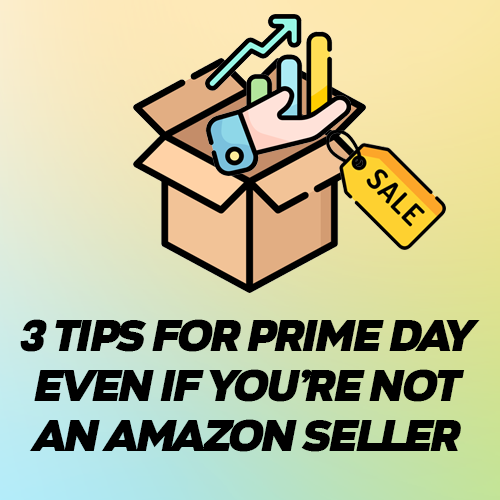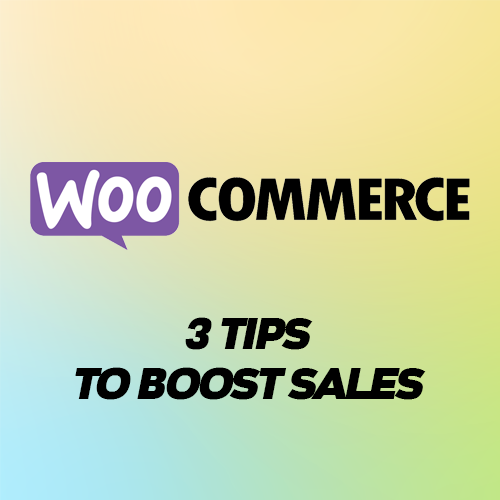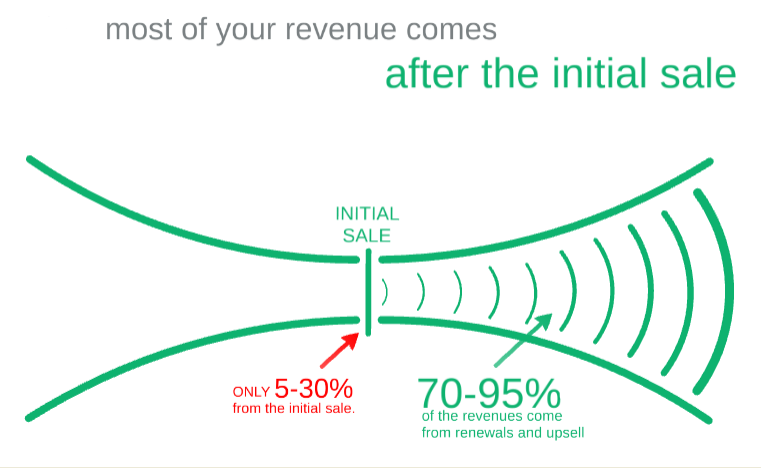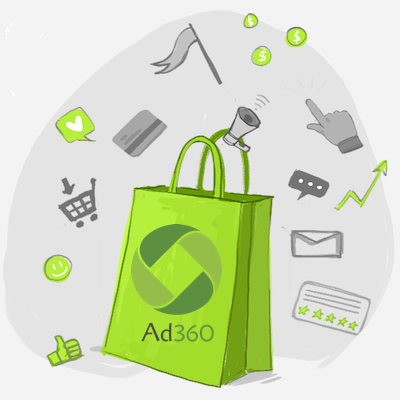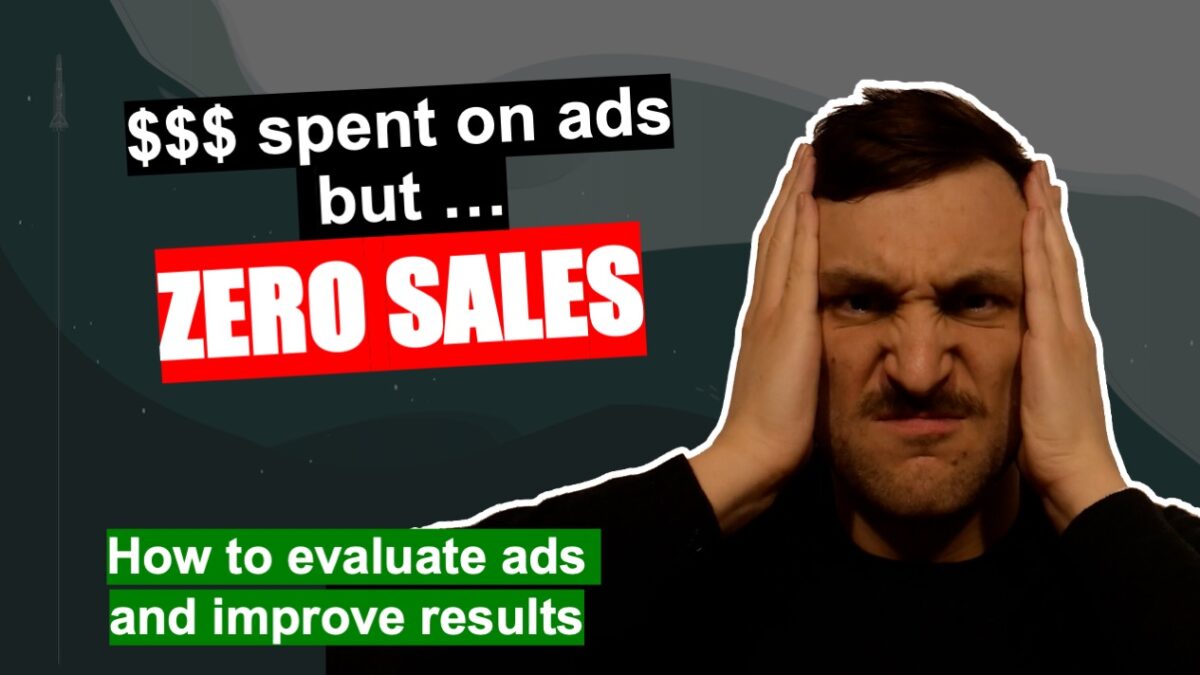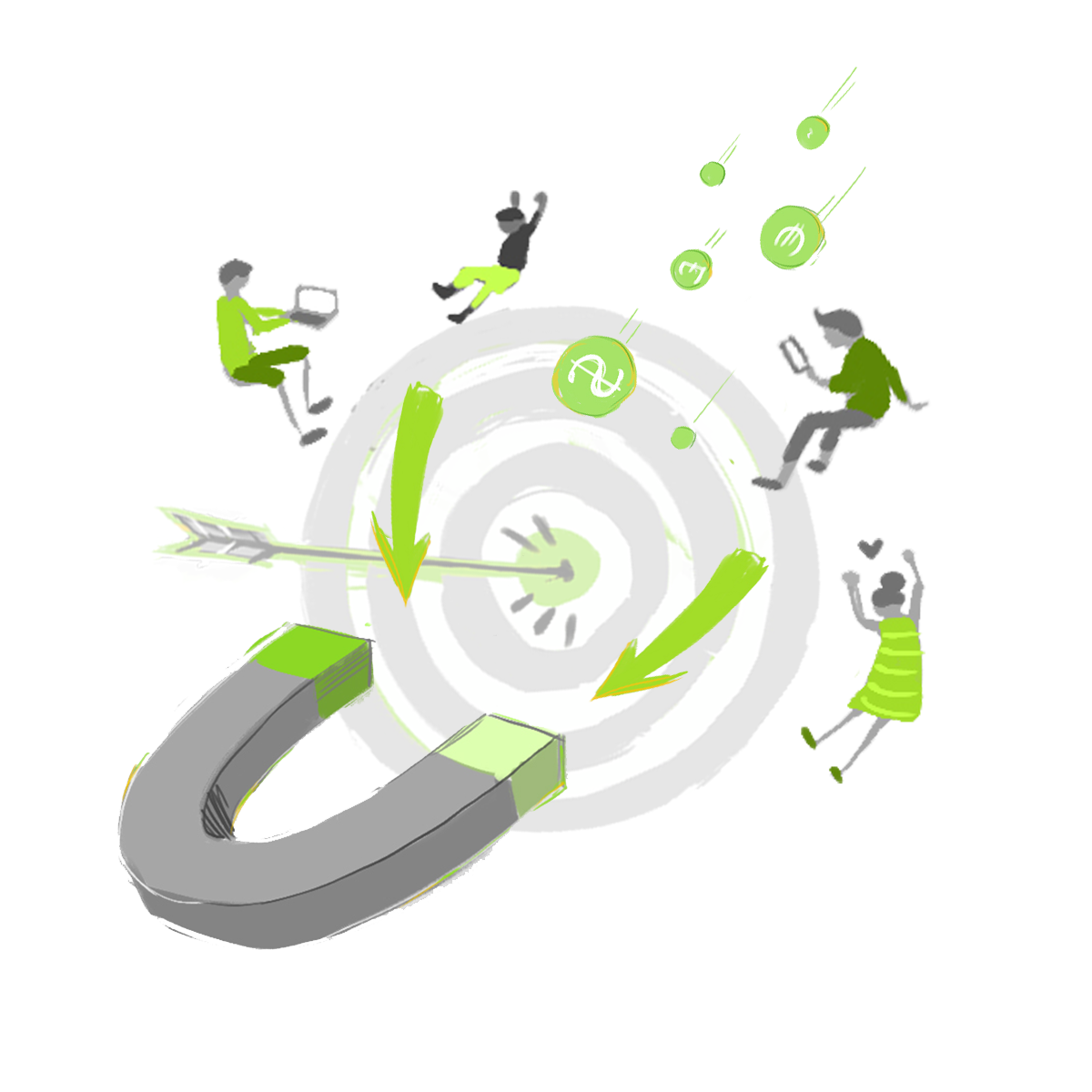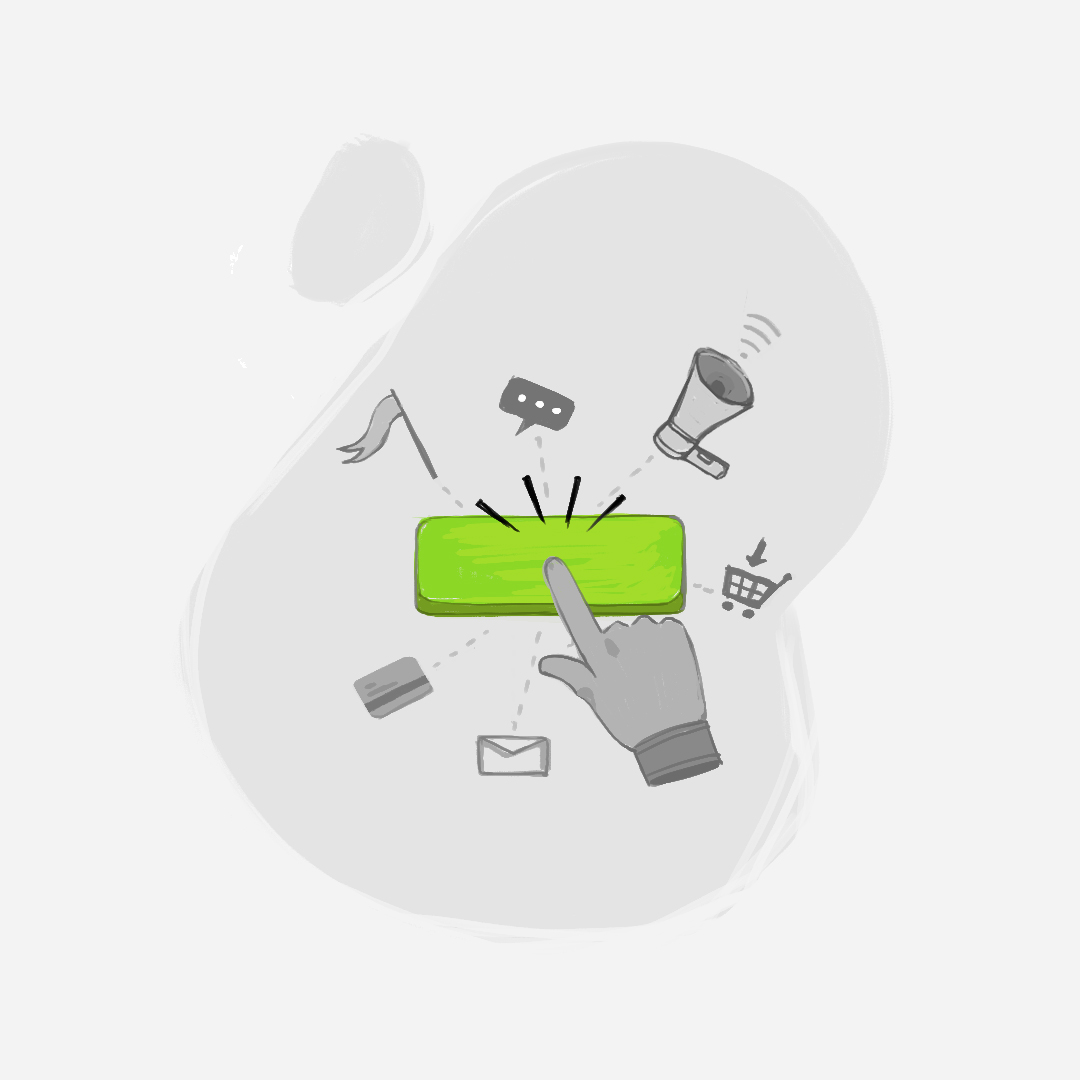Shopify has offered a wonderfully accessible platform to business owners to take their operations online. During the Pandemic, it’s proved vital to many local stores. We at Ad360 admire how user-friendly setting up a Shopify store is.
Do you know what’s not so easy?…. Promoting your Shopify store, so people even know it exists.
The number one reason Shopify stores fail is simple. After spending hundreds (or even thousands) of dollars on ad platforms like Facebook or Google, business owners lose faith in the random algorithms that seemingly control their online fate.
Ad360 is here to prove online advertising does not have to feel like such a “shot in the dark!” Check out the 5 tips below to get a 360 ° view of how to best boost your Shopify sales. This is not abstract nonsense like, “Be your best you – positive thoughts!!” These are real-deal promotional techniques and strategies 😊.
1. Optimize your Store’s structure, speed, and user satisfaction
This may be easier said than done, but your website should be well-structured, beautiful, easy to understand, and with a clear brand identity and mission.
Getting there means working on your Shopify store’s entire layout and user experience. Customers should easily find all the information they want to know. And quickly!
Do you have bulky images and videos in poor formats that slow down your Shopify store? Streamline them. Do potential customers get frustrated trying to navigate from product collection to product collection and just give up? Make navigation easier! Are their attention spans so quick to move that, unless you put a big red button reading “CLICK HERE TO BUY NOW!” they leave their cart and move on?
Nearly half of all online shoppers expect the Shopify store they’re on to load within two seconds. Furthermore, they like seeing an aesthetically beautiful webpage with an intuitive interface… easier said than done. Regardless, your website design, speed, and user-friendliness all factor into its overall visibility on the web. More online visibility, more sales to your Shopify store😊.
If you have any questions about what concrete steps to take to optimize your Shopify web pages, reach out to the Ad360 team for a 360 ° analysis of your Shopify storefront!
2. Consistent Branding and Memorable Logo
This tip feeds into the one above, but people are an insecure, finicky bunch, aren’t we? We love to feel a part of a group and something bigger than ourselves. It provides a stronger sense of identity, and strong branding and marketing provide a concrete visual that stimulates our sense of self if we align with that company. It may sound a bit psychologically heavy, but here is the truth: our sense of identity gets fuzzier as we age. Scientific fact.
For Shopify store owners, this means pouring your heart and soul into a tasteful website aesthetic and company design is not for nothing. Customers will fondly remember your store, making it more likely they’ll come back for another checkout 😊. From your ad banners, to your message, to your chosen “look,” a fundamental way of growing your Shopify store is to bring a strong sense of clarity and purpose to your branding.
3. Detailed Content for your users and search engines
After implementing a beautiful store theme and coherent branding aesthetics, the next step is to put time and effort into writing more detailed content. You should deliver as much information as possible on your website about your products, brand, mission, and why customers should buy from you. Firstly, it helps generate trust and increase conversion rates. Secondly, more content means more occasions for Search Engines, like Google, to find and rank your website on search results pages.
Get started by researching what key SEO (Search Engine Optimization) keywords rank the highest for your store products. Then post original content on your site that, without sounding awful, hits those keywords over and over and over again!
At its best, that means your store is a delight to read and scroll across, and at the same time, the content “hits the bullseye” with words and phrases most associated with your line of products. Strategically hitting relevant keywords and phrases without sounding like a robot is part-art, part-science, but it will undoubtedly boost traffic to your Shopify store, increasing sales along the way 😉.
4. A/B testing methods with data visualizations
To go on a quick tangent, Ad360 offers data visualizations not just because they’re pretty. They help inform which marketing strategies are working and which ones should be ditched ASAP.
A/B testing is vital to boost your Shopify sales. Why? It allows you to put out multiple versions of your online store at once, analyzing which format, design, and overall presentation is most popular with customers. If you feel like you don’t need to partake, consider that 77% of organizations use A/B testing on their website, and 93% do the same on email marketing campaigns… which makes sense! Branding and promotion can be more art than science, so testing what words and phrases are really reaching your customers is a natural step to refine your company message.
5. Ad Retargeting
Once you’ve improved your website structure, looks, content, and tested that the results convert, you want to start advertising to boost your sales and grow results. But where to start? There are so many advertising platforms out there between Google Ads, Facebook Ads, and many others that you’re feeling dizzy.
Here is something which, at least, cannot be wrong: start with Retargeting!
Ad retargeting is the simplest, most efficient tip to offer for growing your Shopify store. Indeed, ad retargeting instantly concentrates your ad dollars to your golden goose: likely customers.
How are these likely customers identified? Good question! Retargeting picks out customers who have already browsed your store before or have explicitly expressed interest in Shopify stores like yours (through data they willingly share online). These groups of potential customers are exponentially more likely to place an order on your Shopify store, making advertising to them a far better use of promotional resources.
This is the power of ad retargeting. Your marketing strategy will quickly evolve a clear purpose, boosting your Shopify sales while not ballooning the budget.
Conclusion
So, there you have it! While these 5 practical tips can boost your Shopify sales, we know that figuring out exactly how to make use of technology like “ad retargeting” and A/B testing can be a serious challenge. If you want help optimizing your Shopify store for sales success, reach out to try a free demo at Ad360 today! We’ll provide all the necessary software and step-by-step guidance to give your Shopify store the best chance at increasing sales 😊
